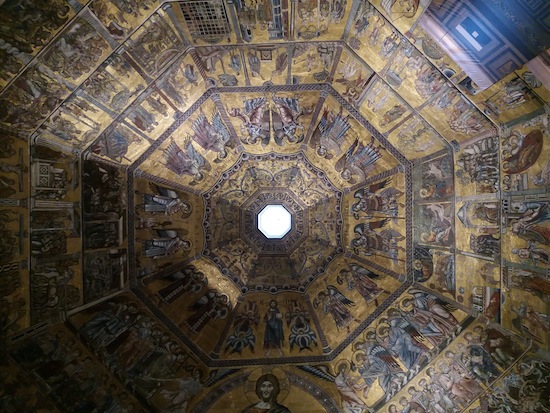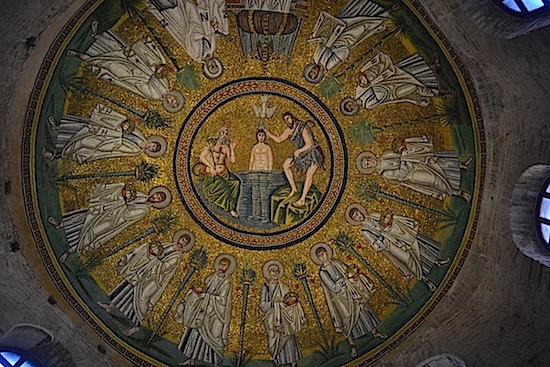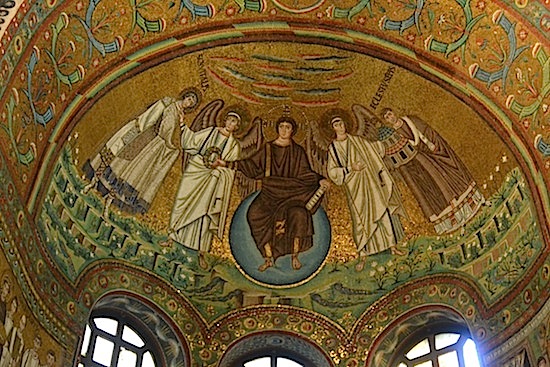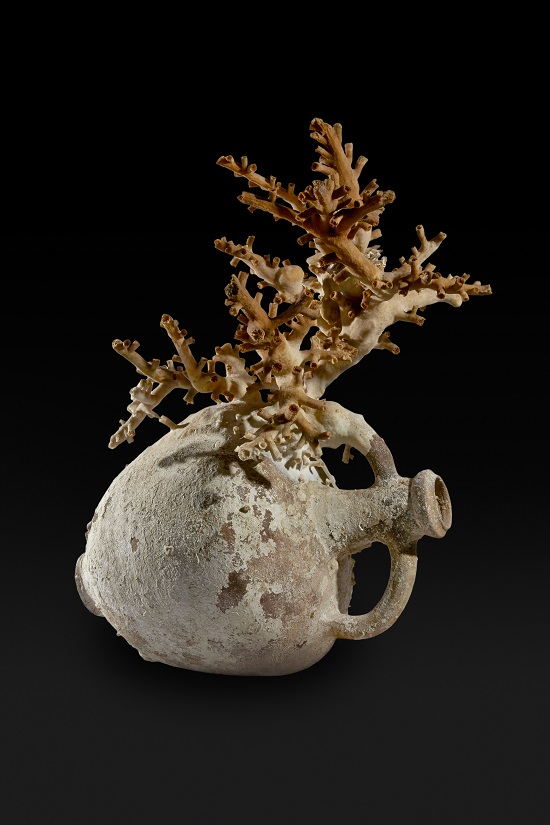Traces of Byzantium in Florence

The dome of the Baptistry of St. John, Florence
When we think of Italian art, we tend to think of Ancient Rome and the Italian Renaissance, and forget the periods in between. Considering the achievements of those two high points of human civilization, that’s hardly surprising, but the Middle Ages contained the inspiration of Renaissance art, and much of that inspiration came from further east–from the Byzantine Empire.
Byzantium owned parts of Italy until 1071, and left a legacy of beautifully decorated churches and public buildings. These influences endured, and can be found in some of the most famous buildings and art collections of the Renaissance. This interesting article from Oxford University goes into greater depth about specific important influences.


